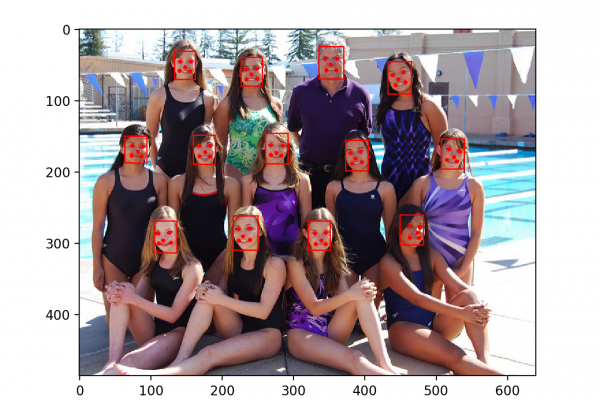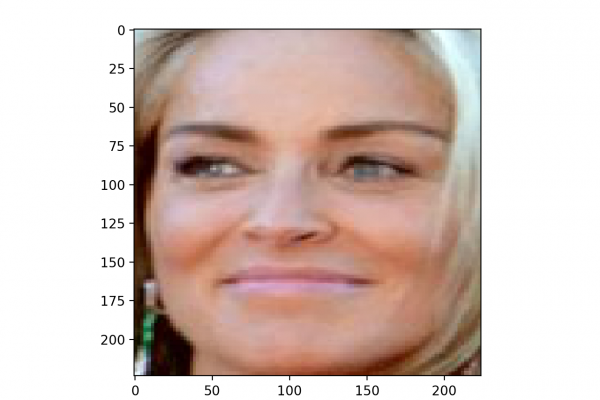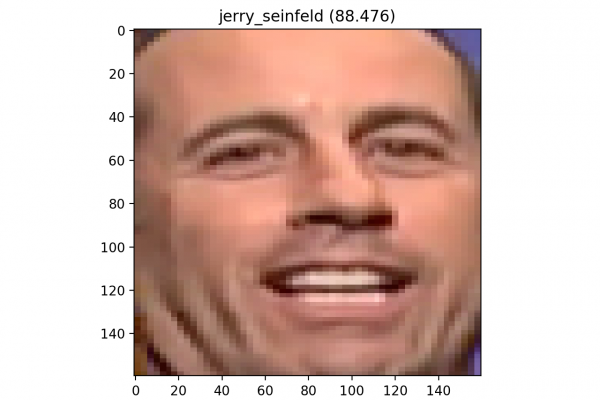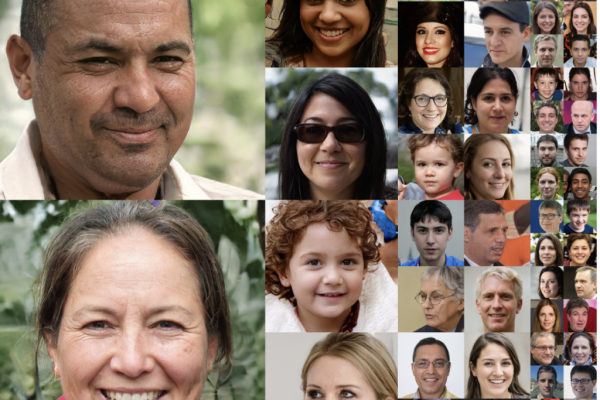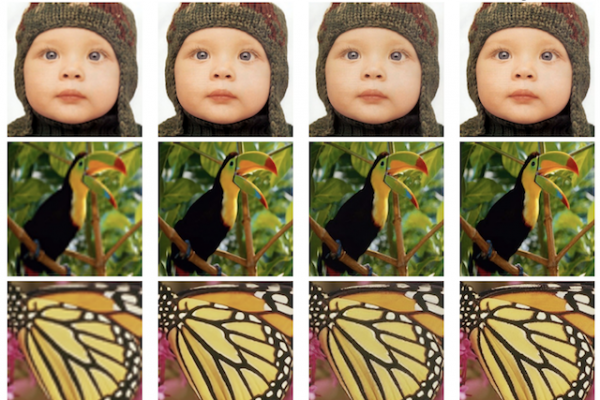A Gentle Introduction to Deep Learning for Face Recognition
Last Updated on July 5, 2019 Face recognition is the problem of identifying and verifying people in a photograph by their face. It is a task that is trivially performed by humans, even under varying light and when faces are changed by age or obstructed with accessories and facial hair. Nevertheless, it is remained a challenging computer vision problem for decades until recently. Deep learning methods are able to leverage very large datasets of faces and learn rich and compact […]
Read more
